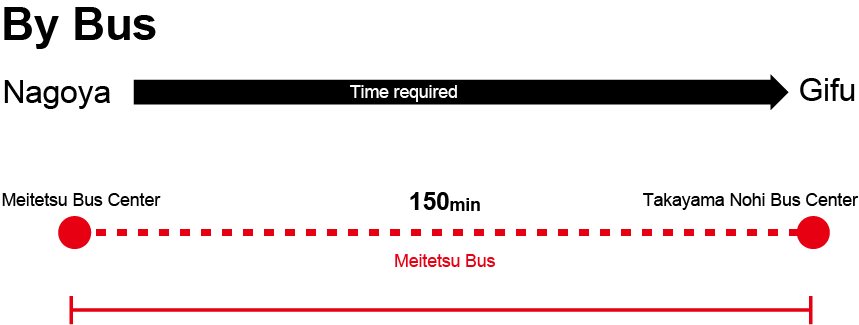 GIFU
GIFU

The dwellings that form this village, which could even be said to be part of the original landscape of Japan, are called "gassho-style" because the shape of the steep thatched roofs particular to areas with heavy snowfall look like "gassho," that is, the way people put their hands together when they pray. There are 114 gassho-style houses in Shirakawa-go, which together with Gokayama in Toyama Prefecture was registered as a UNESCO World Cultural Heritage site in 1995, and even today villagers help each other to look after their houses in the midst of their daily lives.
Shirakawa-go, Hida Takayama and Gujo Hachiman in the snowy Hida area retain their atmospheric old townscapes, and are popular among domestic and overseas tourists.
Also, strong signs of history remain in the Mino area: Gifu Castle, base of Oda Nobunaga, hailed as supreme rule in the Sengoku period; Sekigahara, the old battle field that split the history of Japan in two; post towns preserved along the Nakasendo, a major road in times when people used to go from place to place on foot; cormorant fishing on the Nagara River, an ancient fishing method that is recorded in books written more than 1,000 years ago. And these are just a few examples.


